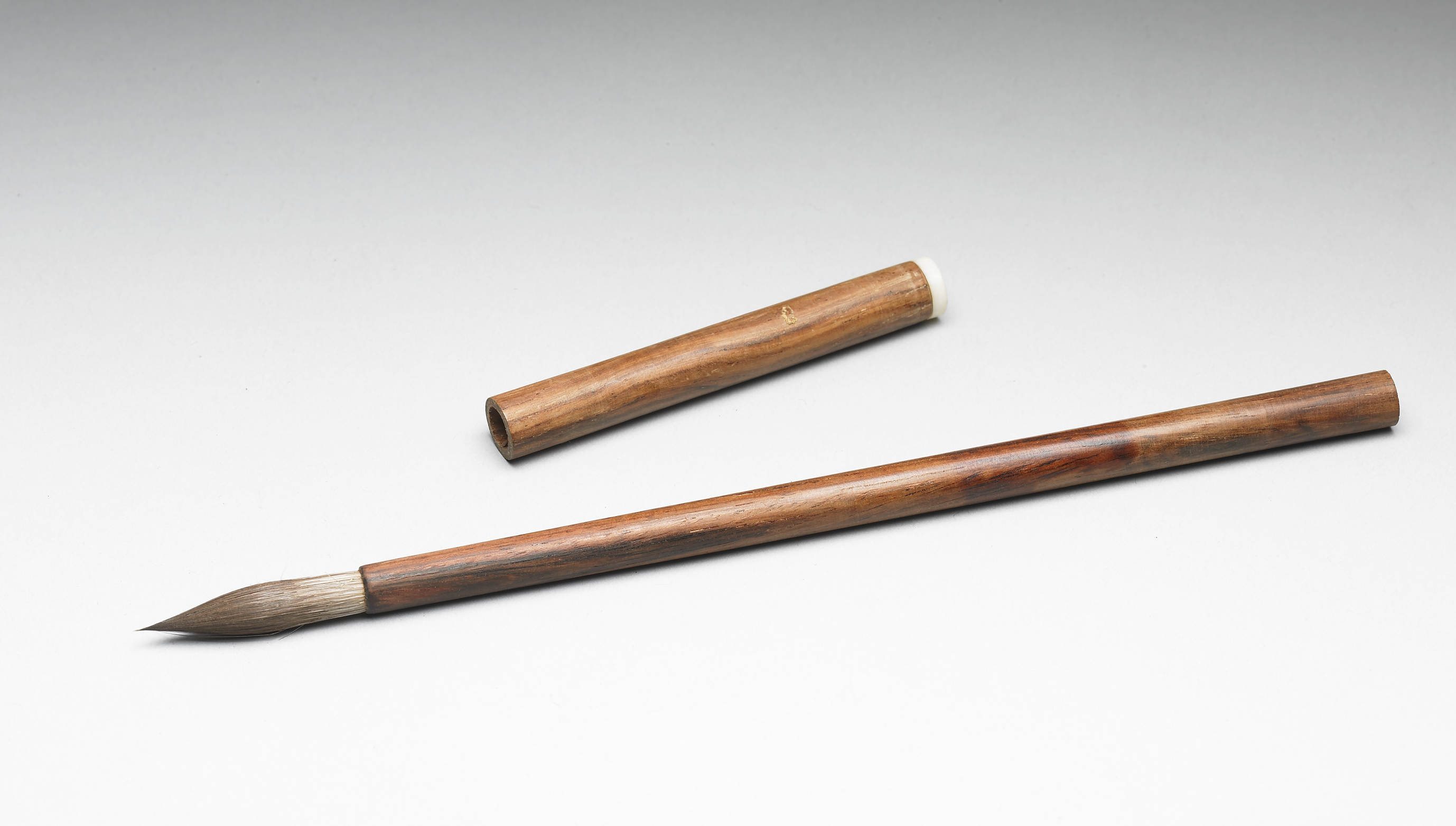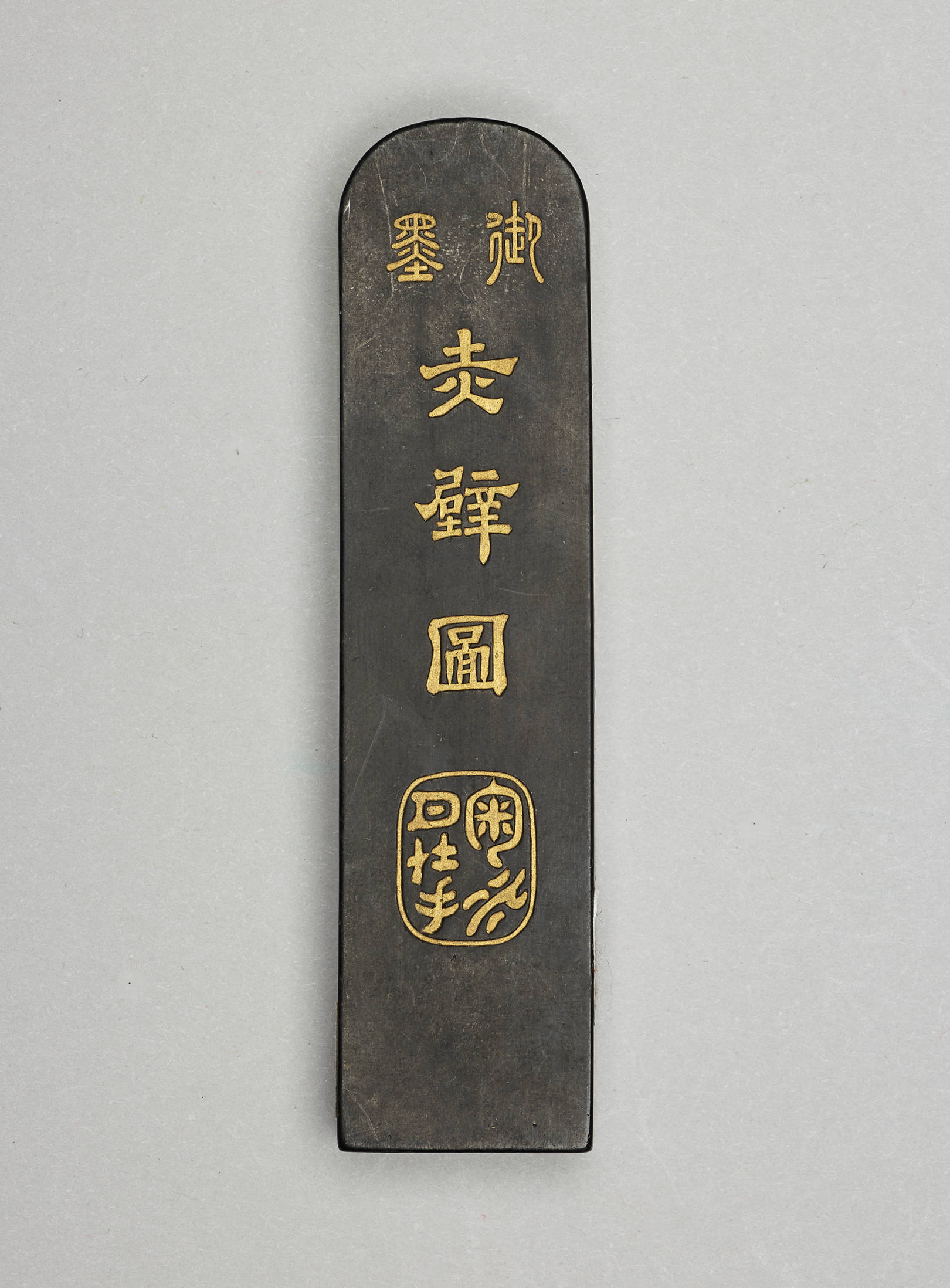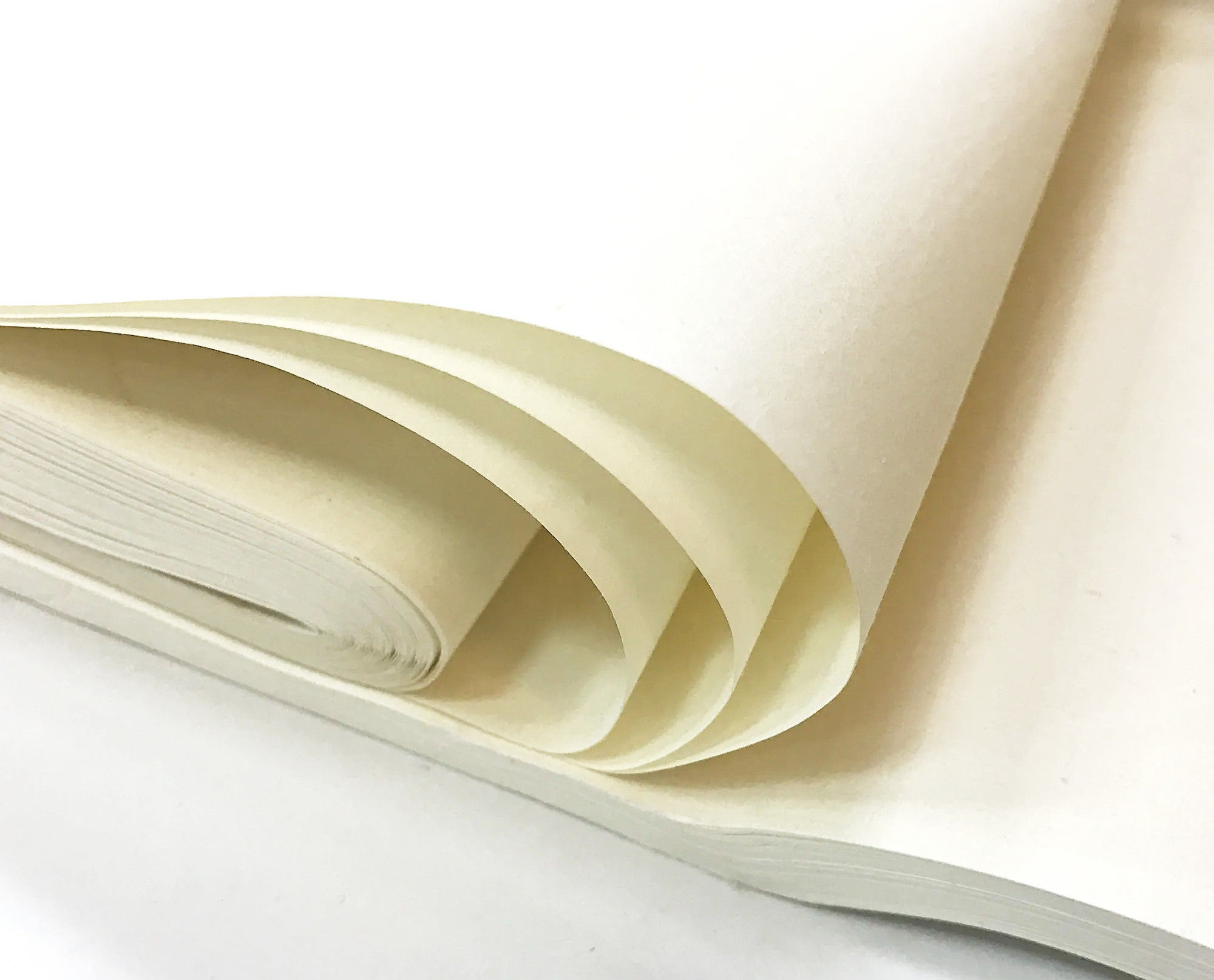The Four Treasures of Chinese Study: Tools That Shape Art
文房四寶:塑造藝術的工具

Explore the fundamental tools of Chinese art and calligraphy known as the Four Treasures of the Study (文房四寶): the brush, ink, paper, and inkstone. Discover how these traditional implements have shaped Chinese artistic expression for over two millennia and continue to influence cultural practices today.
For over two thousand years, Chinese scholars and artists have revered four essential tools known as "The Four Treasures of the Study" (文房四寶). These implements - brush, ink, paper, and inkstone - are not merely artistic tools but embodiments of Chinese cultural heritage and philosophical thought.
The Brush (筆)
- Design: Unlike Western paintbrushes, the Chinese brush is designed to stand upright and create varying strokes with a single movement.
- Materials: Traditional brushes are crafted from animal hair - sheep, wolf, rabbit, or goat - with different properties suitable for various styles.
- Construction: The finest brushes have multiple layers of hair, with a soft core and firmer outer layers.
- Handle: Typically made from bamboo or rare wood, enhancing control and balance.
Philosophy: Masters often say, "The brush is an extension of the artist's arm, and the arm an extension of the heart." This emphasizes that brush handling requires not just skill but spiritual cultivation.
 Fig.1 Brush
Fig.1 Brush
The Ink (墨)
- Form: Traditional Chinese ink comes in solid form as ink sticks, made from soot (usually pine or oil soot) bound with glue and fragrances.
- Process: Grinding the ink stick against the inkstone with water is considered a meditative practice, preparing the artist mentally for creation.
Quality:
- The finest ink sticks can produce multiple gradations of black, from deep ebony to the faintest gray, allowing for depth and dimension in monochrome art.
- "一墨萬象" (one ink, ten thousand manifestations) reflects this versatility.
 Fig.2 Ink
Fig.2 Ink
The Paper (紙)
- Type: Xuan paper (宣紙), known as rice paper in the West, is prized for Chinese painting and calligraphy.
- Composition: Made from blue sandalwood bark and rice straw, its manufacturing process is complex and time-consuming.
Properties:
- Absorbs ink readily while maintaining structural integrity.
- Varieties range from smooth "raw" paper (生宣) to the more absorbent "ripe" paper (熟宣).
 Fig.3 Xuan Paper
Fig.3 Xuan Paper
The Inkstone (硯)
- Function: Serves as both a grinding surface for ink and a water container.
- Regions: Duan stones (端硯) from Guangdong and She stones (歙硯) from Anhui are most famous.
Quality:
- The surface must be neither too smooth nor too rough for optimal ink grinding.
- Stone's density and grain influence the ink's consistency and quality.
 Fig.4 Inkstone
Fig.4 Inkstone
The Harmony of Four Treasures
These four elements work in perfect harmony:
- Brush: Flexibility responds to the artist's touch.
- Ink: Consistency determines stroke character.
- Paper: Absorption affects final appearance.
- Inkstone: Ensures proper ink preparation.
Cultural Significance: Modern artists might use contemporary alternatives, but understanding these traditional tools remains crucial for appreciating Chinese art. Each treasure represents centuries of refinement and carries deep cultural significance beyond its practical function.
As a Chinese proverb states: "The tools of study are common, but their mastery makes them precious" (文房雅玩,點鐵成金). For collectors and enthusiasts of Chinese art, understanding these four treasures provides essential insight into the technical and spiritual foundations of Chinese artistic expression.
